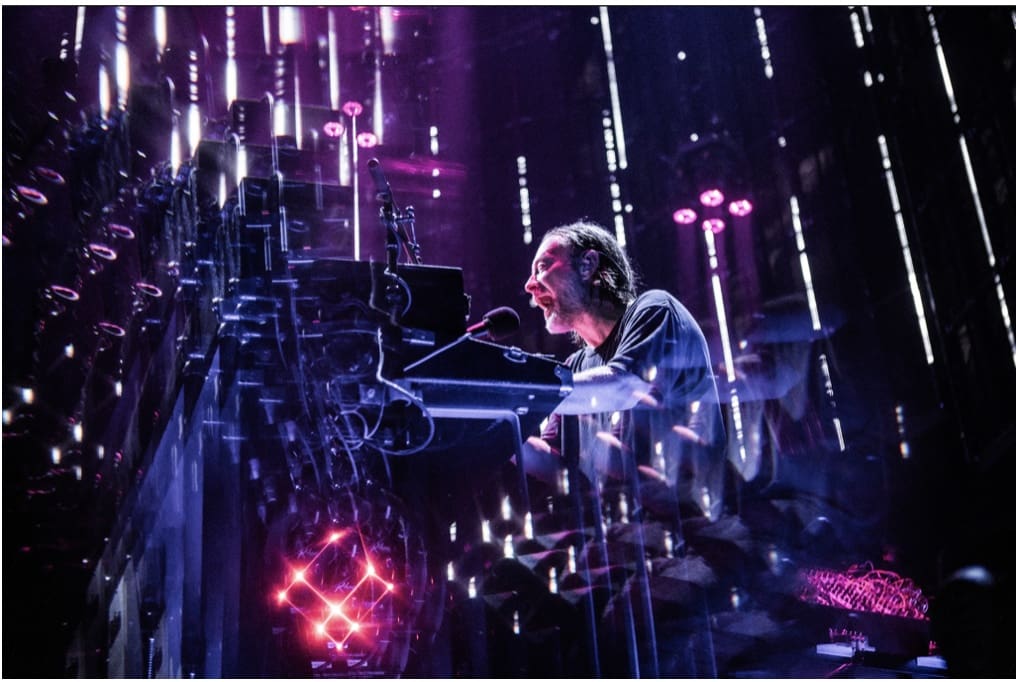OPEN-SOURCE ‘ROBOT BRAIN’ USES 3D PERCEPTION TO BOOST DEXTERITY

Why a 3D model matters for robots
European researchers unveiled SPEAR-1, an open-source model designed as a “robot brain” that reasons with 3D data instead of flat images. The team says this upgrade helps arms and grippers judge depth, contours and occlusions more reliably, improving tasks like picking, stacking and tool use. Early results on a public benchmark show SPEAR-1 competing with commercial offerings from venture-backed rivals. Open code and weights could lower barriers for factories, labs and startups to replicate experiments, swap sensors and fine-tune on custom parts. It echoes open models in language AI that sped up iteration across the field.
The research also flags limits. Models trained on one robot often struggle on another due to different cameras, joints and latency. The group outlines adapters and calibration routines to transfer skills without retraining from scratch. Safety remains central: the model logs confidence and failure cases for human review before full automation. If adopted, 3D-native perception could cut downtime and reduce expensive fixturing in small-batch manufacturing. Universities anticipate wider access to manipulation research, while suppliers eye new service contracts—retrofitting depth cameras and running edge accelerators on shop floors. The larger question is strategic: will open systems set the pace on capability and cost, forcing closed platforms to respond.





















